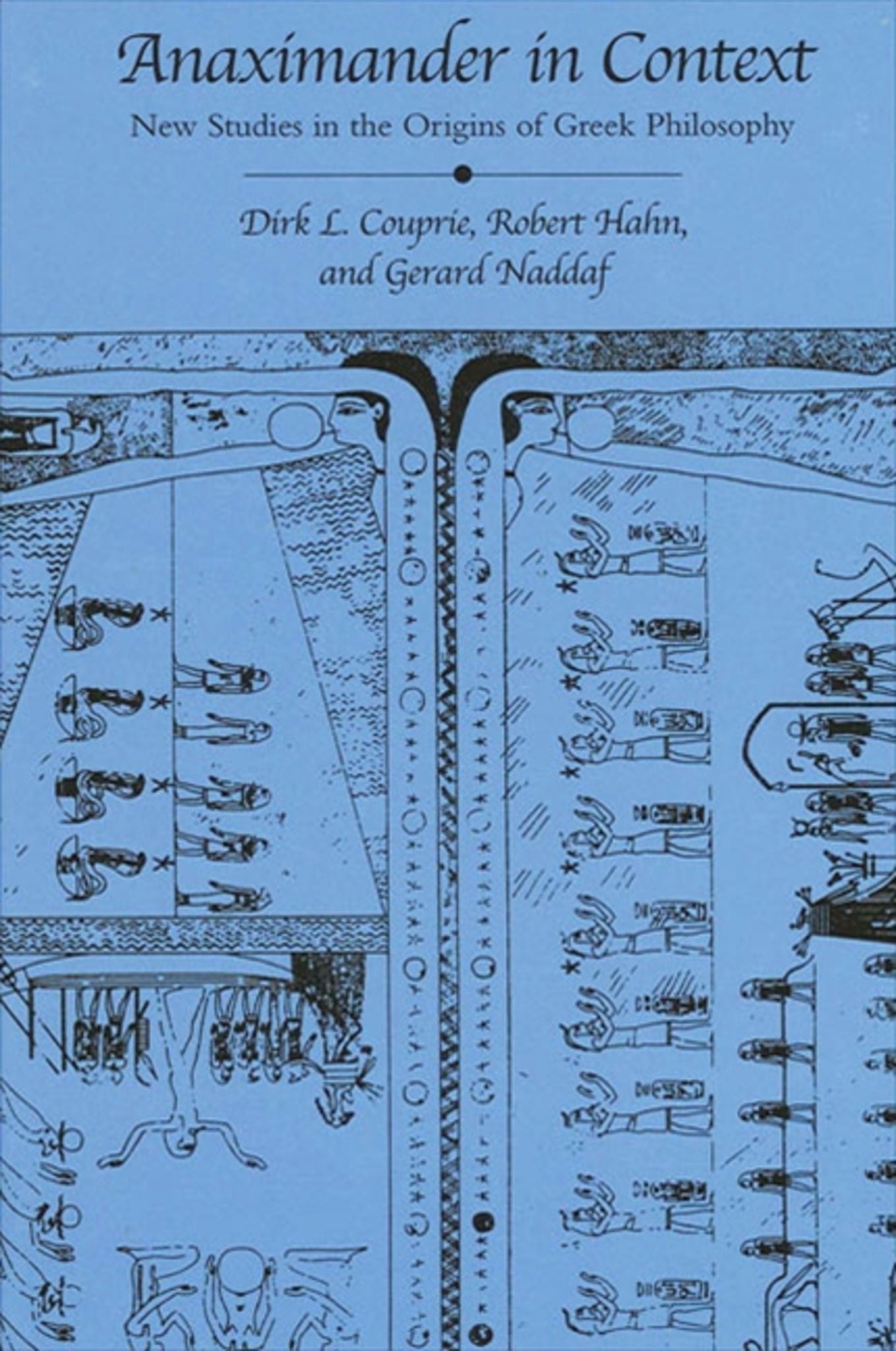We're sorry. An error has occurred
Please cancel or retry.
Anaximander in Context

Some error occured while loading the Quick View. Please close the Quick View and try reloading the page.
Couldn't load pickup availability
- Format:
-
24 October 2002

Places the development of Anaximander's thought within social, political, cosmological, astronomical, and technological contexts.
Promoting a new, broadly interdisciplinary horizon for future studies in early Greek philosophy, Dirk L. Couprie, Robert Hahn, and Gerard Naddaf establish the cultural context in which Anaximander's thought developed and in which the origins of Greek philosophy unfolded in its earliest stages. In order to better understand Anaximander's achievement, the authors call our attention to the historical, social, political, technological, cosmological, astronomical, and observational contexts of his thought. Anaximander in Context brings to the forefront of modern debates the importance of cultural context, and the indispensability of images to clarify ancient ideologies.


List of Illustrations
List of Tables
Introduction
Anthropogony and Politogony in Anaximander of Miletus
Gerard Naddaf
Prologue
The Origin of Humanity in Traditional (or Mythical) Thought
The Origin of Animals and Humanity According to Anaximander
The Origin of Society According to Mythical Accounts
Some Reflections on the Evolution of the Polis before Anaximander
The Emergence of the Polis and the Invention of Politics
The Origin and Development of Society in Anaximander
The Legend of Danaus, the Danaides, and History
Danaus and the Alphabet
Anaximander's Map: The Canvas of the Oikoumene
Notes
Proportions and Numbers in Anaximander and Early Greek Thought
Robert Hahn
Prologue
Proportionality in Anaximander's Cosmic Architecture
Proportionality and Numbers in Archaic ArchitectureThe Number "3" and Architectural Trisecting
The Idea of Organic Growth in Sacred Architecture
Metrological Studies of Ancient Buildings
Wesenberg's Case for the Canon of Ionic Proportions: 1:9 not 1:10
Schaber's Case Study of the Archaic Artemision: Proportion, Numbers, and Organic Growth
The Temple's Inner Built Structure is Usually 3:1—The Metrologies of the Archaic Temples in Samos and Didyma
Literary Formulas and Proportionalities
Sculptural Formulas and Polykleitos' Canon
Anaximander's Cosmic Formula Revisited
The Architect's Design FormulaEpilogue
The Architect's Design Formula and the Cosmic Meaning of the Roof
Notes
The Discovery of Space: Anaximander's Astronomy
Dirk L. Couprie
Prologue
First Exercises in Early Greek Astronomy: The Anachronistic Fallacy
More Exercises in Early Greek Astronomy: Looking at the Heavens with the Naked Eye
A Further Exercise in Early Greek Astronomy: Looking at the Heavens with the Help of a Gnomon
A Last Exercise in Early Greek Astronomy: Anaximander's Map of the World
Anaximander's Big Achievement: The Discovery of Space
The Celestial Bodies Make Full Circles around the EarthAnaximander's Numbers and a Map of His Universe
The Earth Floats Unsupported in Space
The Celestial Bodies Lie behind One Another
Wheels in Space: A Three-Dimensional Visualization of Anaximander's Universe
Anaximander and the Representation of the Heavens in Ptolemaic Egyptian Art
Conclusion
Notes
Bibliography
Index of Concepts and Proper Names
Index of Classical Passages Cited



